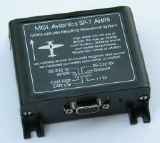
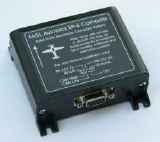
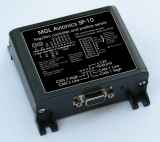
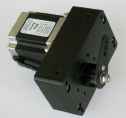

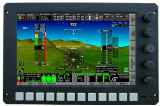

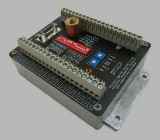
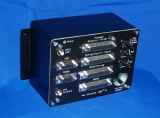

On this page you will find a typical collection of components that make up an iEFIS system with a brief description of each and what options you have.
Please note that this page concentrates on the EFIS system itself and excludes any peripheral components such as radios and transponders.
Note that all items on this page can be interconnected with a minimum of wiring (CAN bus and LAN based).
Any EFIS system of course contains displays. The iEFIS provides 6 choices based on desired screen size and interface complexity.
Most of our customers specify two panels as this is quite cost effective due to being able to use a single, central iBOX.
You can connect anywhere from zero to 8 panels to the iBOX. You might specify zero panels if you are planning on using the wireless node with a third party application.
Central to the iEFIS system is the iBOX. This provides a large amount of interface connectivity and connects to the panels via a simple “screw in” LAN cable.
Most use a single iBOX but it is possible to use two in a “master” and “hot standby” topology if additional redundancy is needed.
Note: If you specify “Lite” versions of the panels, then you do not require the iBOX, the panels themselves contain basic connectivity and sensors.
Engine monitoring needs are effectively dealt with using the RDAC XF which comes in two versions, one of which has a built in manifold pressure sensor.
Up to four of these can be connected in any iEFIS system providing monitoring of up to 4 engines or applications requiring an unusually high number of sensor connections.
For smaller aircraft you can use the RDAC XG for further cost saving.
Most systems would specify an SP-
However, uniquely, for aircraft that operate VFR you can use the built in GPS to derive attitude and rate of turn (but not slip) for further cost savings if needed.
Note: If the built in autopilot is to be used, the AHRS is needed.
The SP-
The SP-
With the simple addition of one, two or three servos the built in autopilot can be utilized (you can also drive external autopilots).
The optional SP-
The SP-
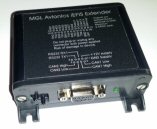
The iEFIS Extender is used mainly to add additional capabilities to an iEFIS Lite system.
It provides 8 analog/digital inputs, 5 digital outputs, OAT sensor input, 5 RS232 serial ports (for a total of 6 usable ports on the “Lite”) as well as a AOA (angle of attack) sensor
The Extender can also be used with regular iEFIS systems where it will provide additional analog/digital inputs and digital outputs..